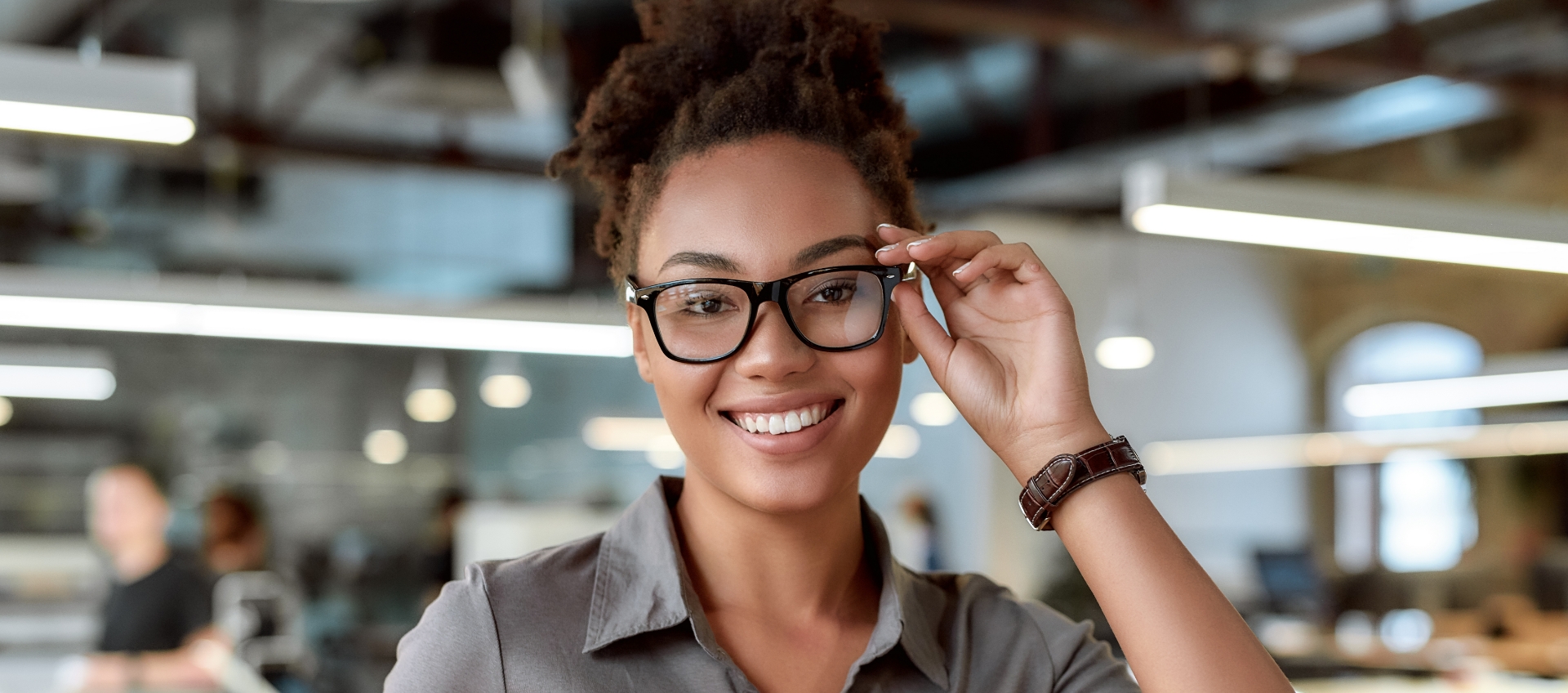Myopia, or nearsightedness, occurs when light entering the eye focuses in front of the retina creating a blurry image, instead of on the retina. Patients with myopia can see clear up close, but distance images appear blurry. Currently 30% of the population is nearsighted, but that number is increasing. Significant hours spent doing activities such as computers, cell phone use and reading are contributing to a rise in myopia. Excessive near work as well as reduced time spent outdoors are causing these changes to occur. It is predicted that by the year 2050 that 50% of the world’s population will have myopia.
High levels of myopia increase the chance of developing eye diseases with age. Conditions such as retinal detachments, macular degeneration and glaucoma are more prevalent in patients over a -6.00, who are considered to be severely myopic. Luckily myopia progression slowed down if it is detected early. Several treatment options are available to slow down the progression of myopia. Traditional glasses and contact lenses are designed to make a myopic patient’s vision clear, but they do not actually prevent myopia from getting worse. Special contact lenses, glasses, or drops can be used in combination to prevent myopia from worsening as a child gets older. Other treatments such as increasing outdoor time or reducing near work are also important measures to control myopia.
Risk factors for myopia progression
- Myopia occurring at a young age
- Progression of > -0.75D per year
- If one or both parents have myopia
- Excessive near work (> 2 hours per day)
- Limited outdoor time (< 2 hours per day)
- East Asian descent
